Six tropical cyclones are spinning in the Southern Hemisphere at the same time, in a rare meteorological event not seen in decades.
Three formed in the Indian Ocean and another three formed in the Pacific, maps from Zoom Earth show . The tropical storms range from category one to category four level hurricanes, including Seru and Rae north of New Zealand, Alfred northeast of Australia , Bianca west of Australia, Honde off Mozambique and Garance off Madagascar.
Six simultaneous named storms last occurred in the Pacific Ocean in 1974, with five in the Atlantic in 1971.
Cyclone Alfred is set to make landfall in Australia on Thursday - click here for live updates.
It comes as meteorologists point to warm sea surface temperatures and weak wind shear as contributing factors to stronger storms in recent years. Both of these may be linked to La Nina weather phenomenon, AccuWeather Lead International Expert Jason Nicholls explained.
A marine heatwave near Western Australia has lasted since September 2024, with unusually high sea surface temperatures in late February.
The Australian Bureau of Meteorology predicted more severe tropical cyclones in the South Pacific this season as oceans were warmer than expected. The Southern Hemisphere’s tropical season is from November to April.

Cyclone Rae
Category Level: 2
Cyclone Rae developed north of Fiji in the south-west Pacific on 22 February before travelling southwards.
It was a shorter-lived storm and was at maximum intensity when it reached category level two.
But it still caused significant damage to some of the Fiji islands on Monday, following heavy rain, flood waters, large waves and gusts of roughly 100mph.
Cyclone Seru
Category Level: 2
Cyclone Seru also developed in the south-west Pacific, forming on 24 February over the southern Soloman Islands.
It then travelled southwards, to the east of New Caledonia and Vanuatu.
Unlike Cyclone Rae, it remained offshore.

Cyclone Alfred
Category Level: 2
Cyclone Alfred originally developed in the Coral Sea in the Pacific on 24 February and it is expected to make landfall in Australia towards the end of this week.
The cyclone has barrelled towards Australia’s southeastern coast, prompting evacuation orders and a state of emergency.
Officials have warned it could be one of the most destructive in the region in decades.
Cyclone Bianca
Category Level: 3
Cyclone Bianca formed in the Indian Ocean on 23 February. It developed offshore of Western Australia, moving to the west and southwest. It reached category three on 25 February but stayed far from land.
The Australian government announced it was not expected to impact mainland Australia and island communities.

Cyclone Honde
Category Level: 1
Cyclone Honde has caused devastation in Madagascar, with reports three people have died and 69 others injured.
More than 21,000 people have been forced to flee their homes in multiple cities, with widespread damage to homes and schools.
The storm formed in the Indian Ocean on 21 February alongside Bianca. It is expected to weaken and lose its tropical characteristics by Thursday.

Cyclones Garance
Category Level: 3
Cyclone Garance killed at least five people when it hit the French island of La Reunion on Friday.
It brought wind speeds of up to 96 mph - blowing away roofs, cutting off power and access to drinking water for many residents before exiting the southwest of the island hours later.
Dozens of tropical storms have hit the islands but the last cyclone to hit the island as a hurricane was in 1989.
Independent readers are independently-minded global citizens. They are not defined by traditional demographics or profiles, but by their attitudes. In today’s increasingly fragmented world, communities value real facts and frank opinions delivered first-hand from a non-biased news brand that they can trust. Armed with information and inspiration, Independent readers are empowered and equipped to take a stand for the things they believe in.

